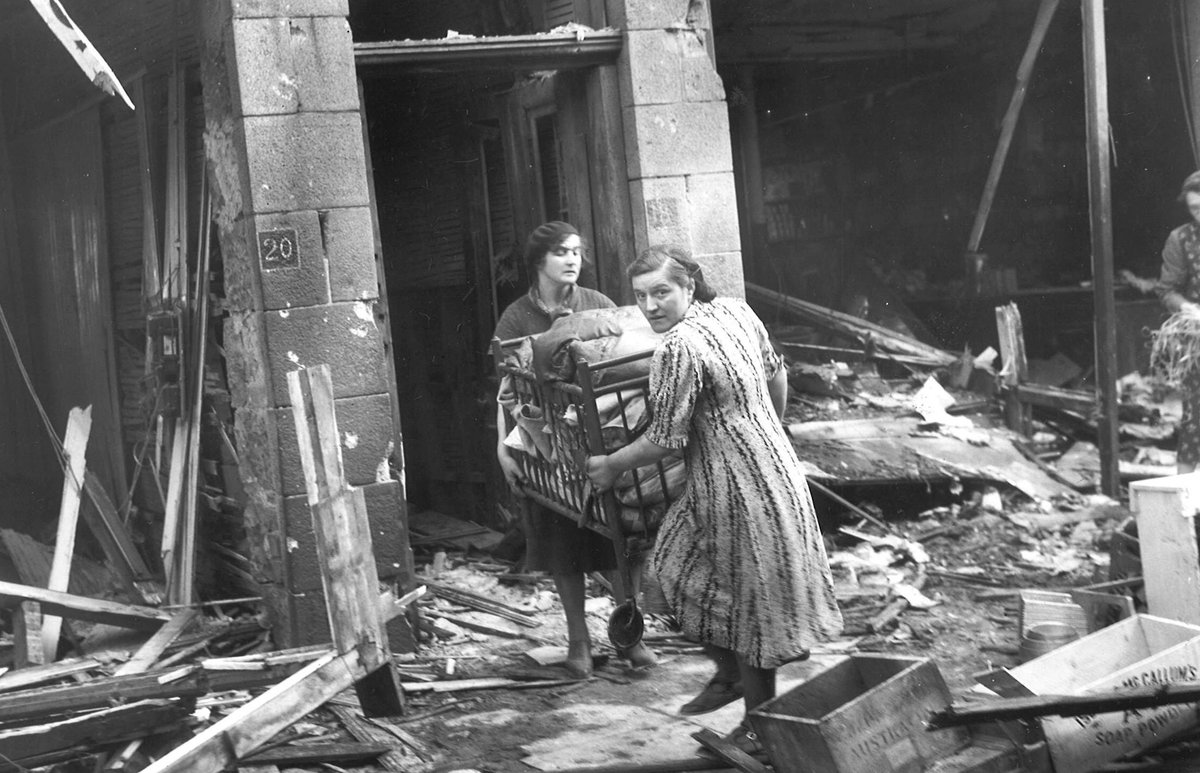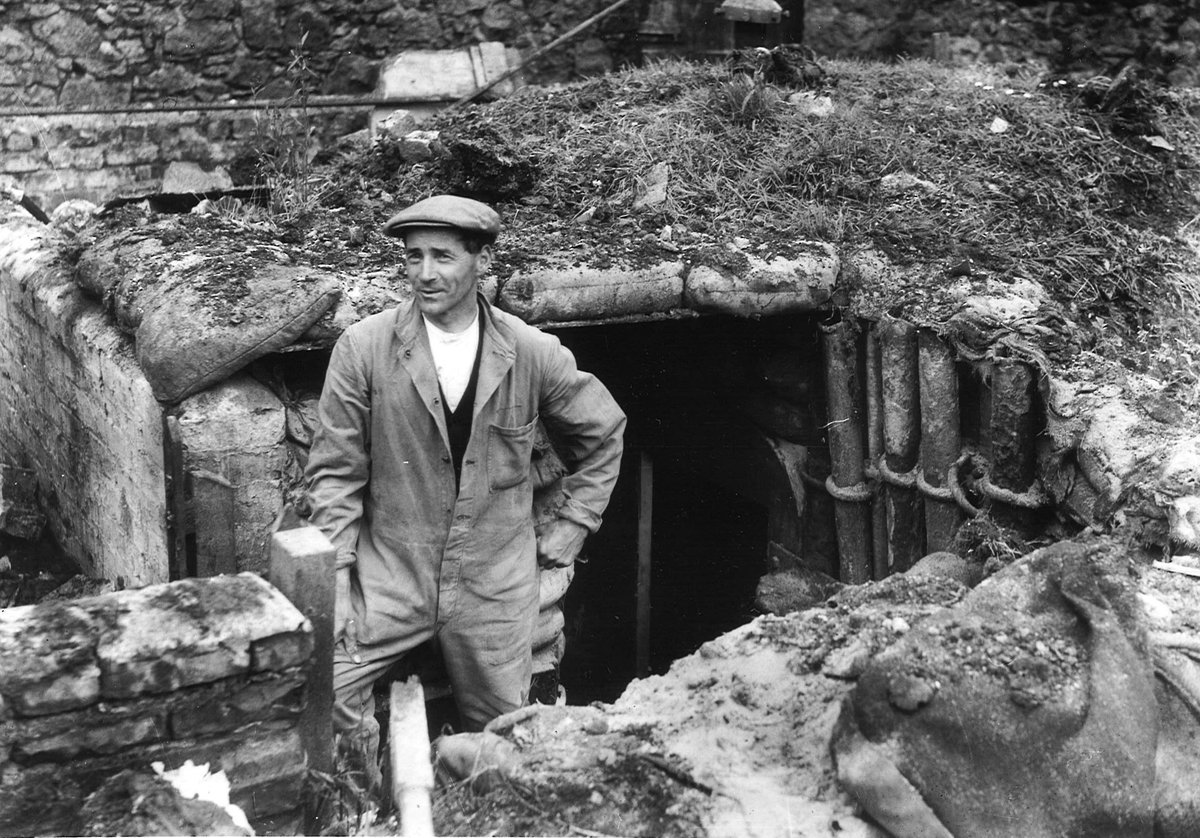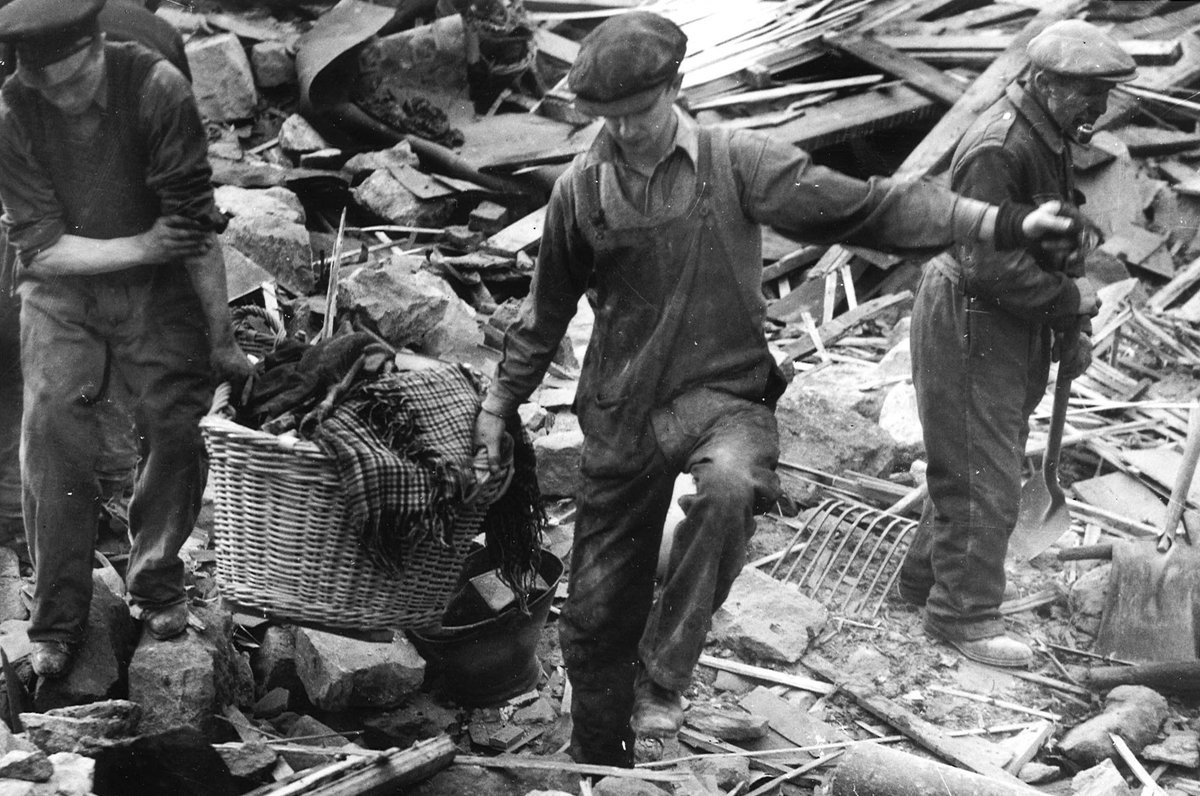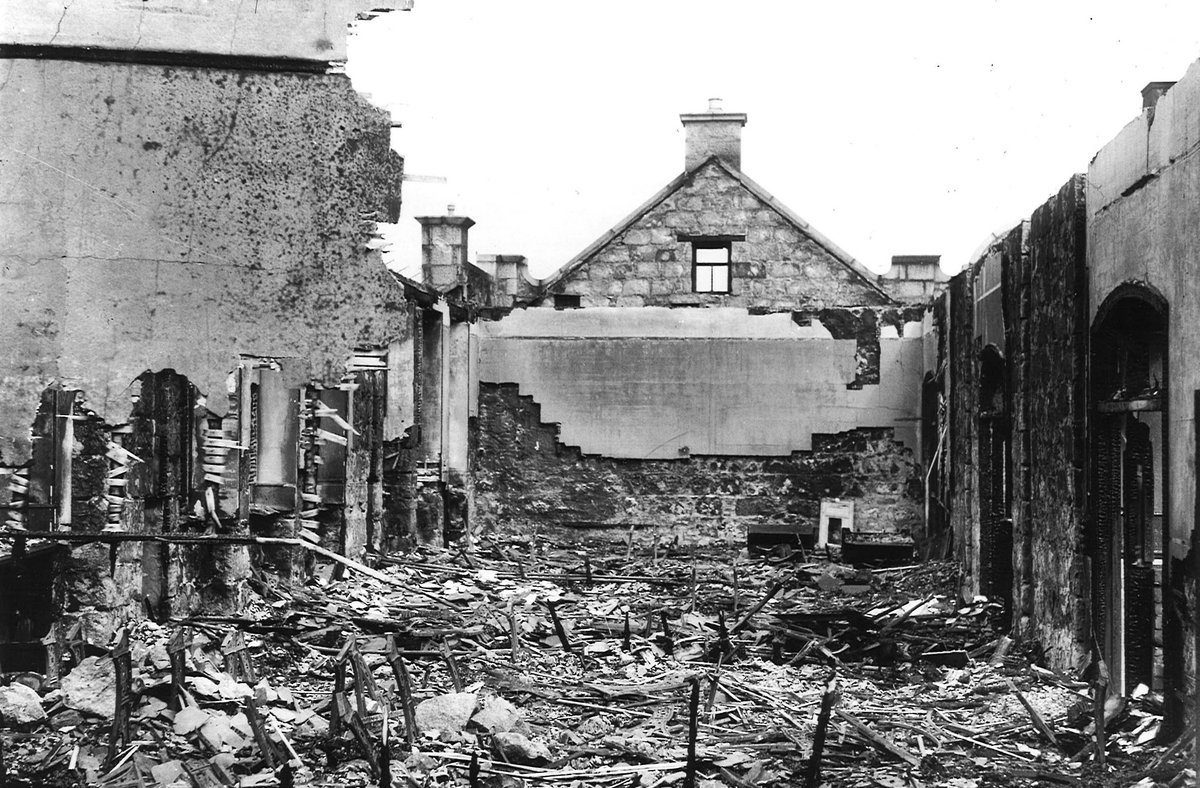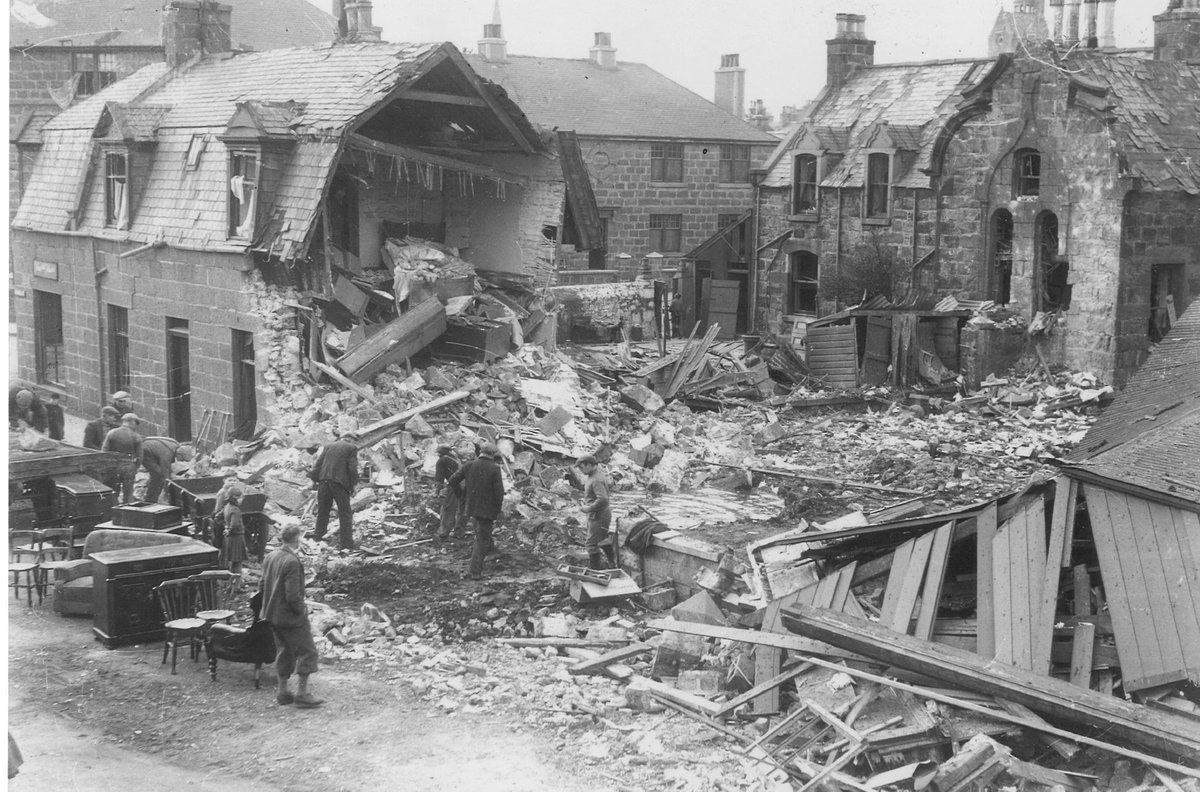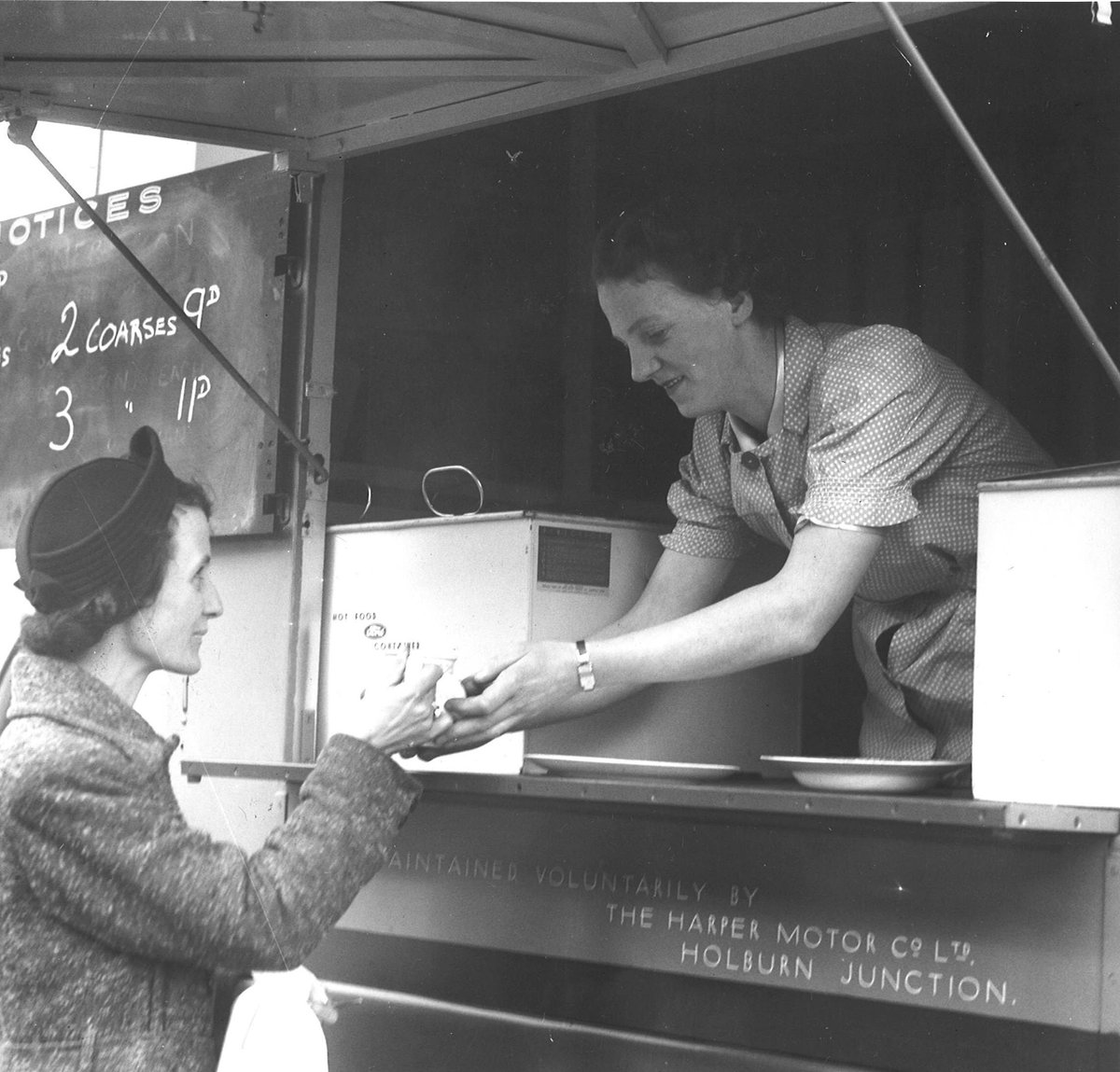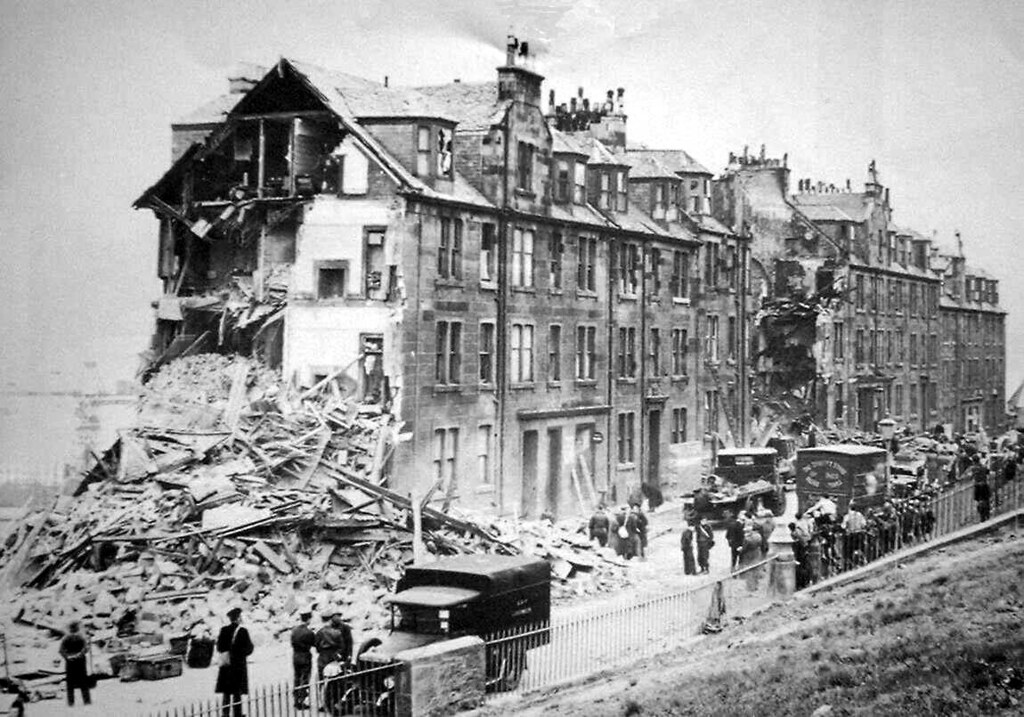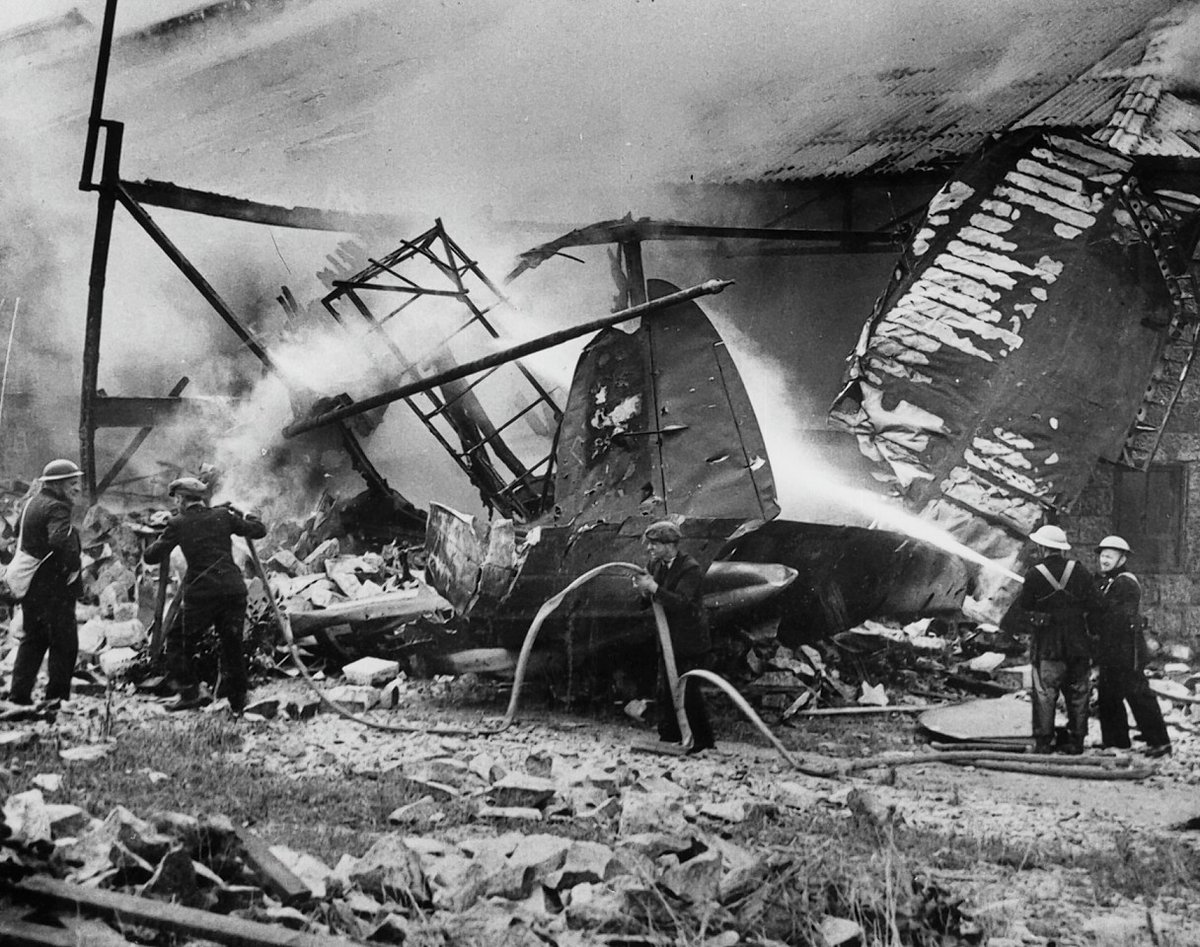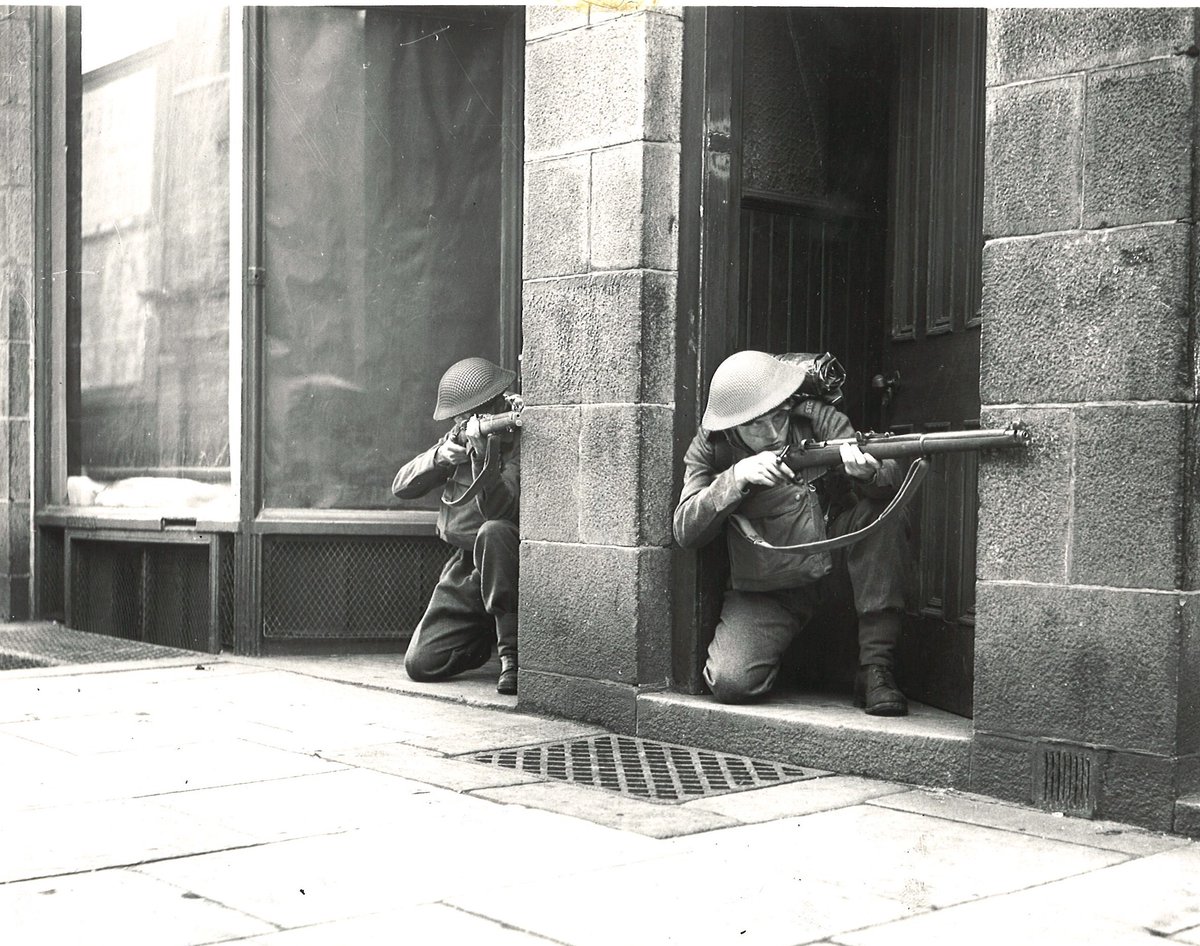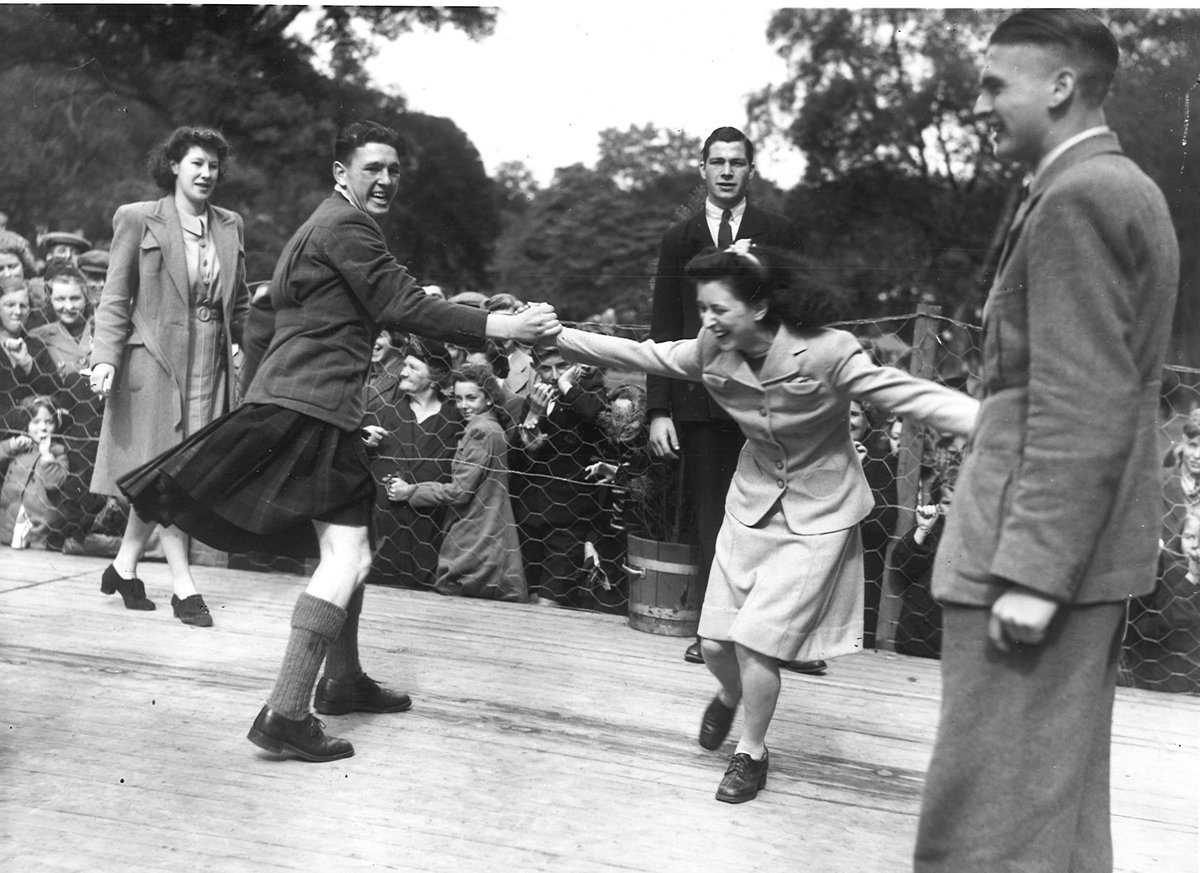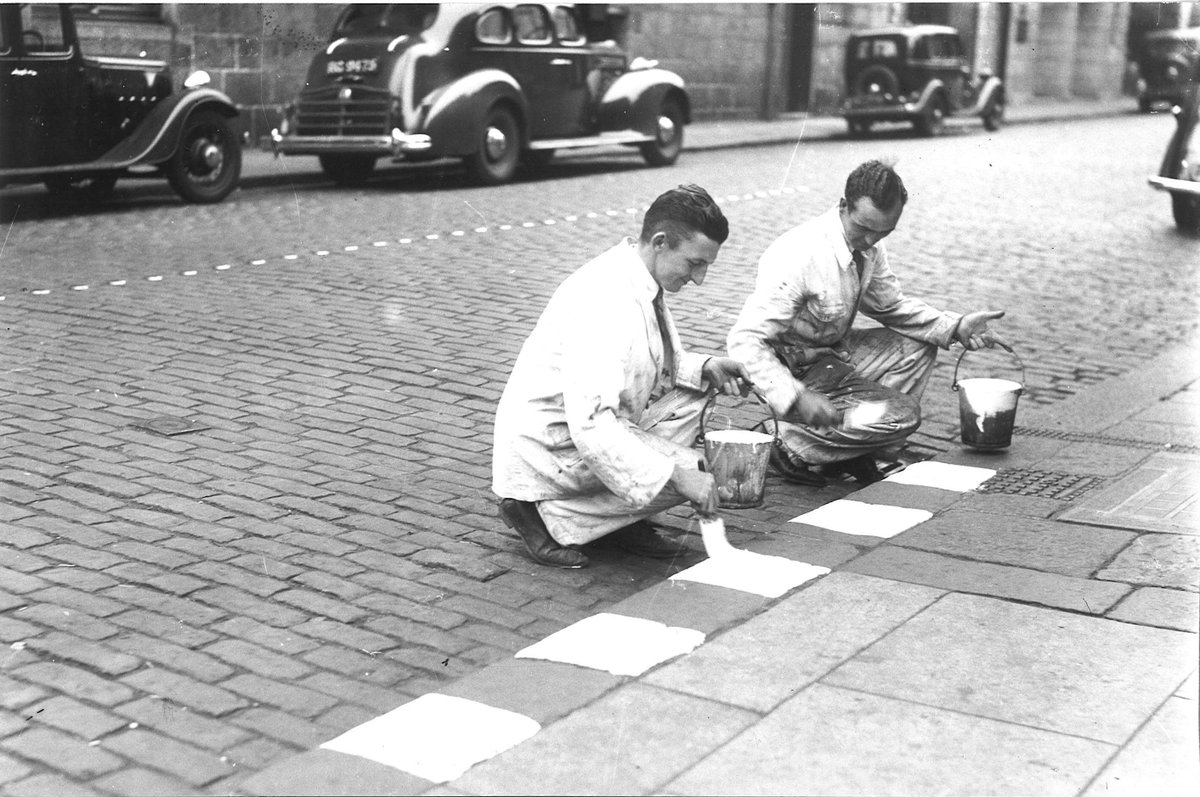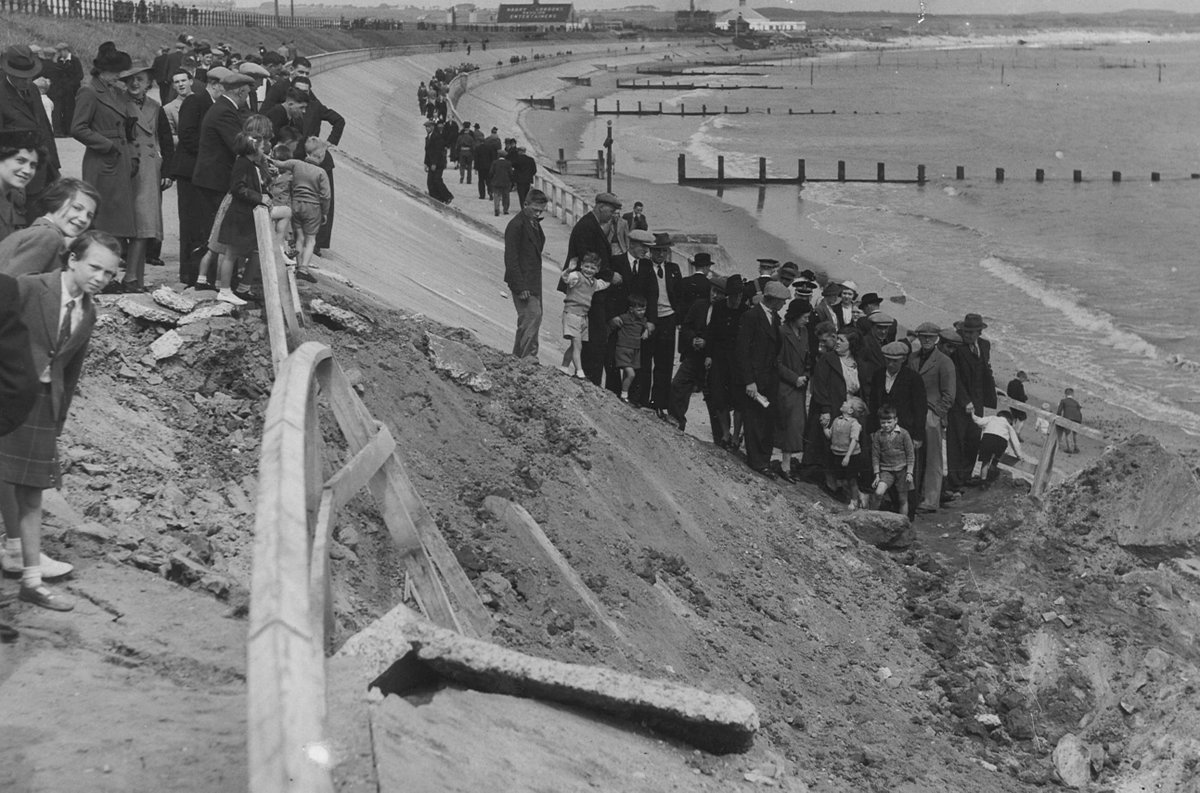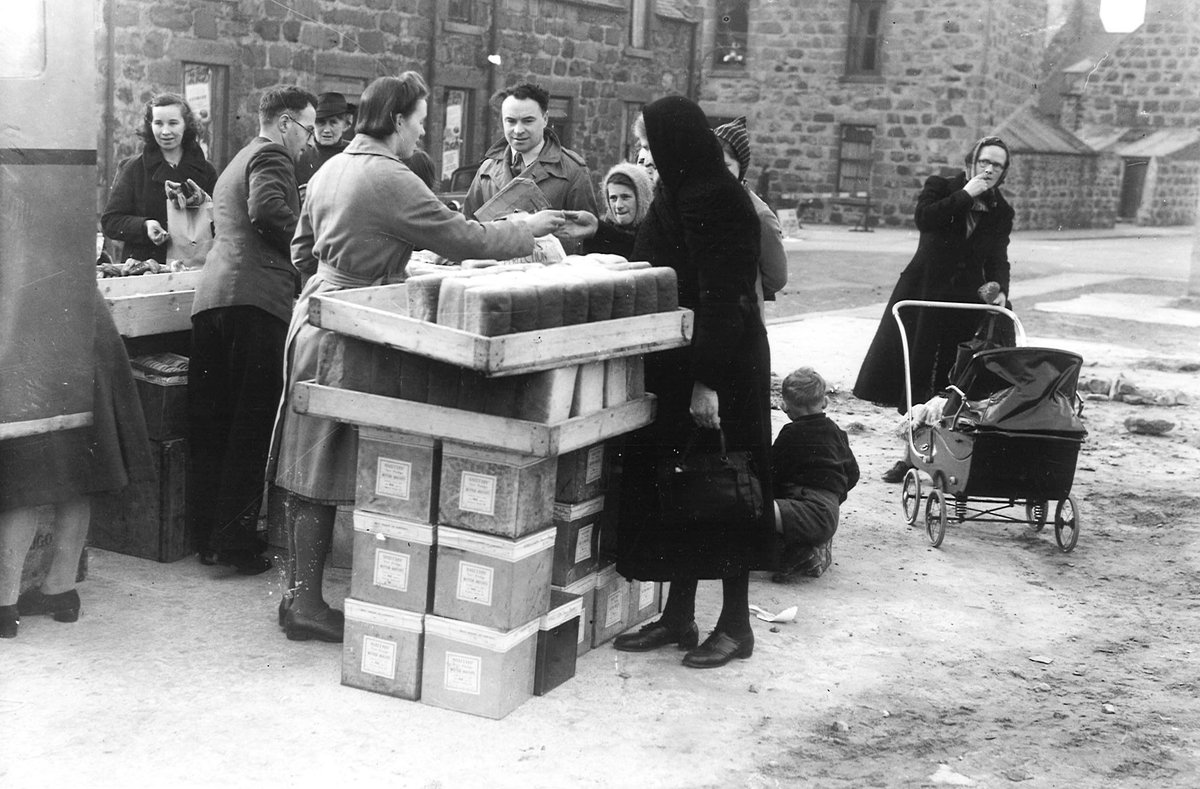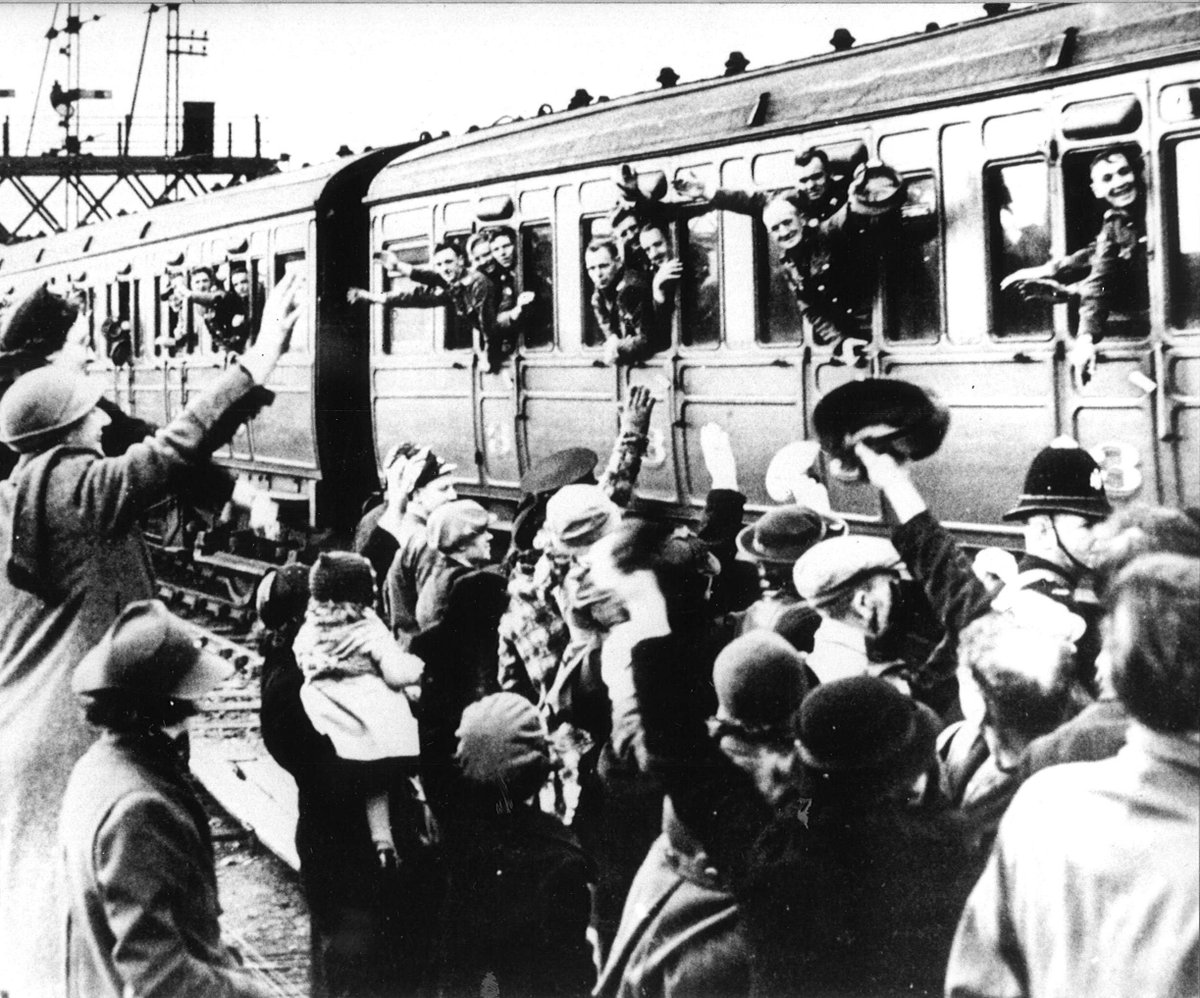Thread:
Outside of London, a town in the north of the Scotland called Peterhead was the second-most bombed location in the UK. The town and its 10,000 residents were bombed 28 times, with nearby Aberdeen following closely behind at 24.
Outside of London, a town in the north of the Scotland called Peterhead was the second-most bombed location in the UK. The town and its 10,000 residents were bombed 28 times, with nearby Aberdeen following closely behind at 24.
Peterhead seems an unlikely target for Nazi planes, but the bombings were a result of its geographical location. It was the first urban area the Luftwaffe saw when flying in from the North Sea.
Scotland suffered more than 500 Nazi air raids during the course of the war. These ranged from single aircraft attacks to planned bombings conducted by 240 planes intending to strike terror and fear into the civilian population.
More than 2500 Scots died as a result and 8000 were injured.
The worst of these attacks was the Clydebank Blitz, which took place on March 13th and 14th 1941. It was considered to be the worst case of destruction and civilian deaths in Scotland during the war.
The worst of these attacks was the Clydebank Blitz, which took place on March 13th and 14th 1941. It was considered to be the worst case of destruction and civilian deaths in Scotland during the war.
The two nights saw 528 people dead and a further 617 residents seriously injured.
Clydebank was a hub of industry, producing ships and munitions for Allied forces. This made it a natural target on the Third Reich's radar.
Nazis intended to bomb the John Brown & Company shipyard, a factory which manufactured anti-aircraft and medium-calibre guns, and the Singer Corporation factory, a sewing machine factory which took government weapon contracts during the war.
Over the course of the two nights 439 Nazi bombers dropped more than 1,000 bombs on Clydebank in what historian Les Taylor called “the most cataclysmic event” in war-time Scotland in his book Luftwaffe over Scotland: a history of German air attacks on Scotland, 1939-45.
Clydebank was well established with approximately 12,000 houses and tenement buildings, but by the end of the blitz only seven of these stood undamaged.
With 4,000 completely destroyed and a further 4,500 severely damaged, the Clydebank blitz saw more than 35,000 people made homeless as a result.
On the 6th and 7th of May 1941 Greenock was bombed by the Luftwaffe as they targeted the many ships and shipyards around the town.
The civilians took the brunt of the attack during the blitz which began around midnight on May 6th, and 271 people were killed and more than 10,200 injured during the intense bombing. 5,000 homes were completely destroyed and a further 25,000 were damaged.
Scotland was a strategic interest point for Hitler due to its coast and many naval sites, one of these being Scapa Flow in Orkney which was the main British naval base during WWII.
The last Nazi air raid on a Scottish City during the war came for Aberdeen in April 1943 when 29 German bomber planes killed 125 people, the last casualty a farmers wife from Fraserburgh who managed to survive a being hit by falling slate after a bomb exploded near her house.
Interestingly, the last air battle in Europe during the Second World War was also fought just off the Scottish coast in Aberdeenshire on April 21st, 1945.
Events were staged to distract people from the pain of war. The eightsome reel at Hazlehead Park, summer 1942.

 Read on Twitter
Read on Twitter